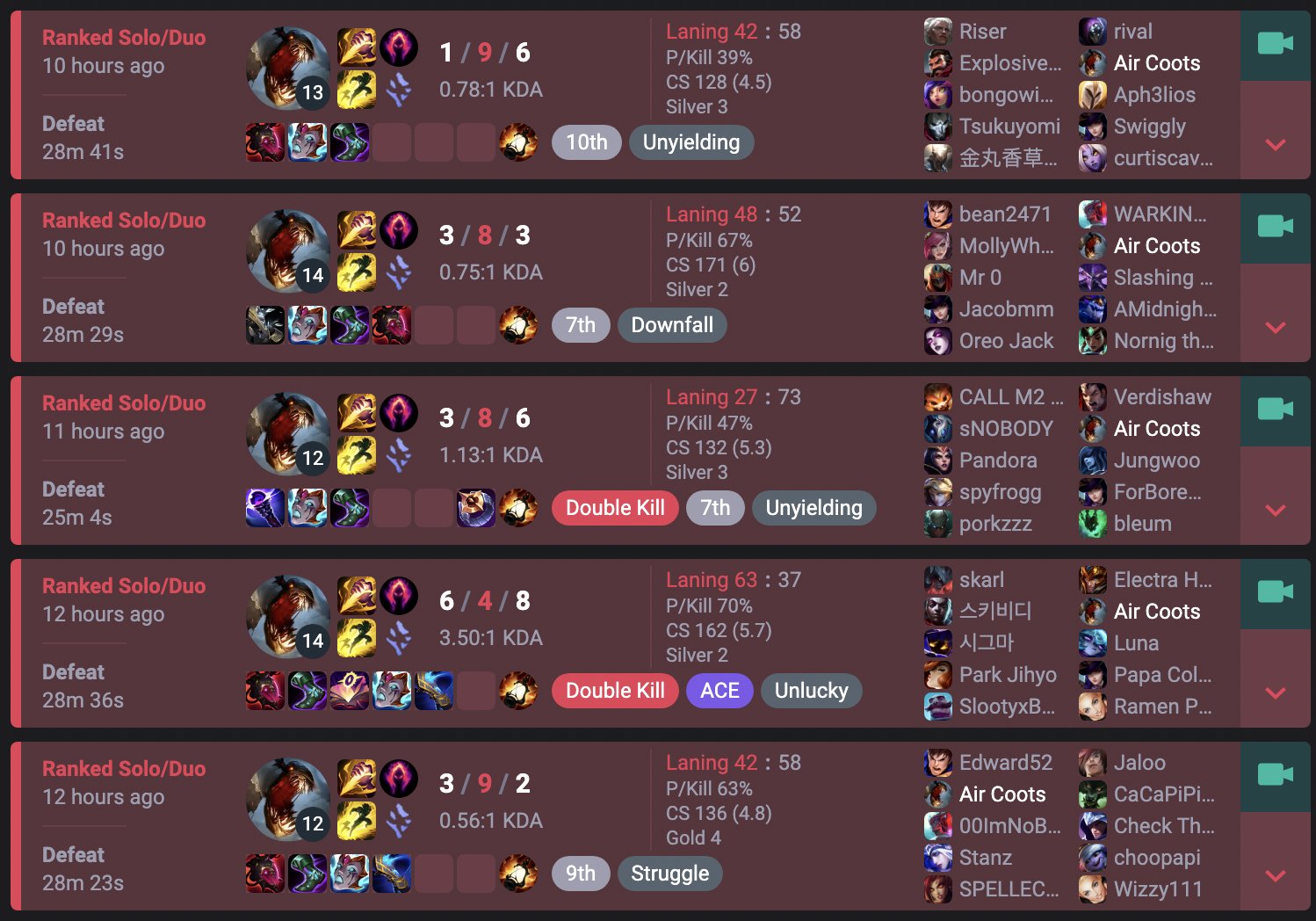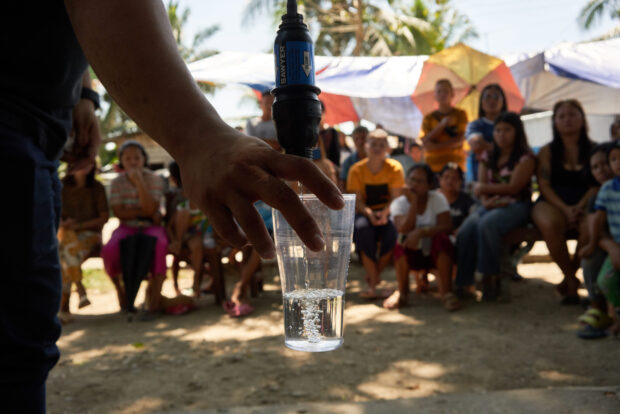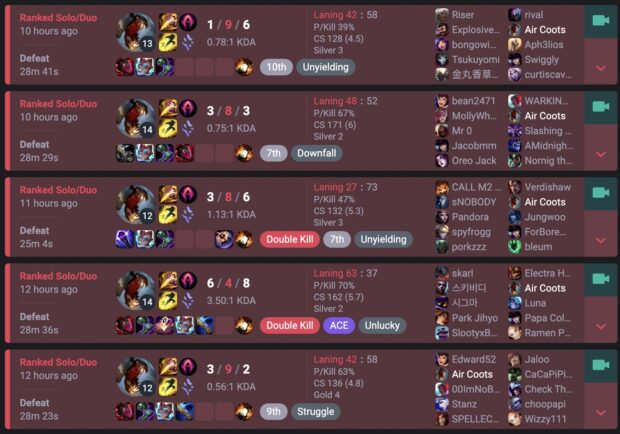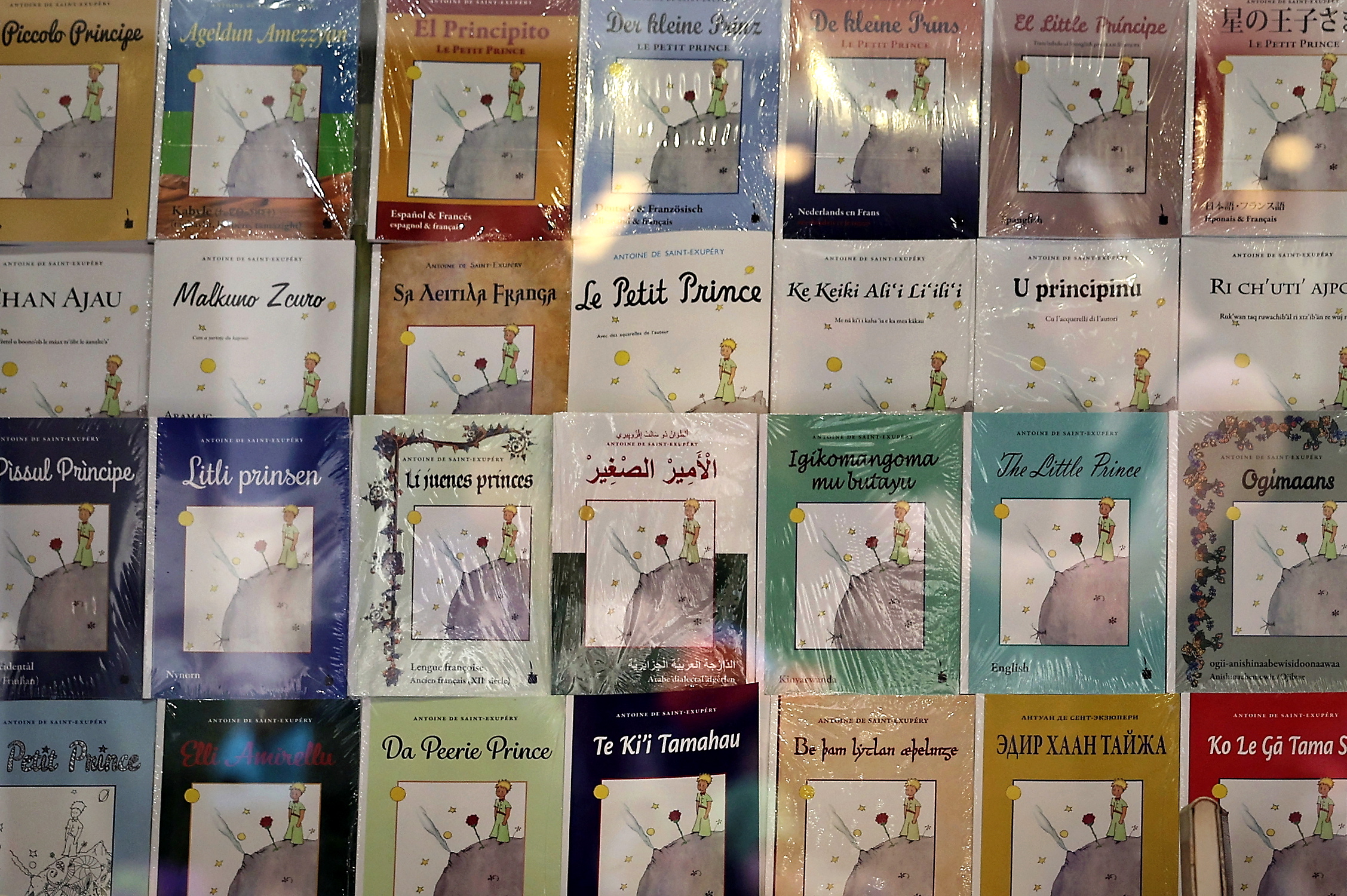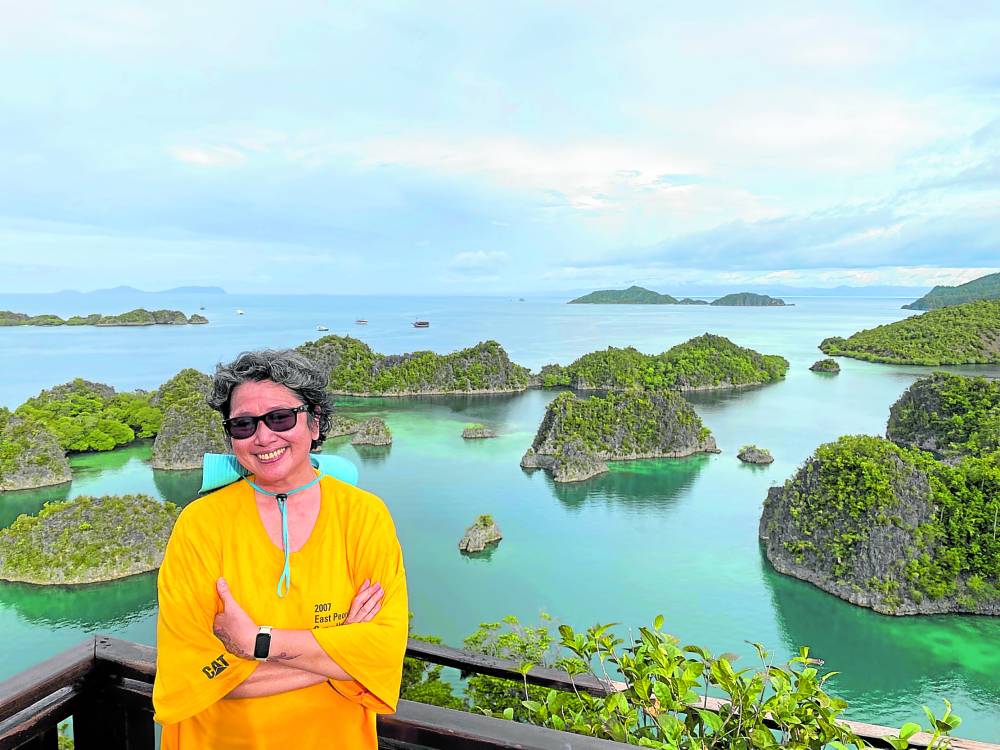
“Papua New Guinea?”
“No, Papua.”
“Saan yon?”Granted, not everybody can tell the difference, although Papua New Guinea, I heard, also offers incredible scuba diving. This, however, was a different dream destination all together, as another one of those scuba-diving trips we had deposited hard-earned money for before COVID-19 materialized just last March: We were headed for Raja Ampat (Four Kings), an archipelago in southwest Papua, a province of Indonesia.
The four kings are the four main islands of Misool, Salawati, Batanta and Waigeo, and even in the biodiversity hotspot that is the Coral Triangle, of which Indonesia is a part of (along with the Philippines, Malaysia, Timor-Leste, Papua New Guinea and the Solomon Islands), they reign supreme. Conservation organization Conservation International (CI) even declares that Raja Ampat, which sits between the Indian and Pacific Oceans, could very well have the highest marine biodiversity on earth, and is home to the most abundant coral reefs—75 percent of the world’s known species.
Recognizing the treasure they had in their hands, Indonesia, from high-level government agencies down to the local communities, worked with CI and other conservation nongovernmental organizations (NGOs) like The Nature Conservancy and the World Wide Fund For Nature to establish a huge network of Marine Protected Areas (MPAs), beginning in 2004. Today, these MPAs, considered an effective way to safeguard marine ecosystems while still allowing communities of subsistence fishermen to feed themselves, cover more than 2 million hectares. In a massive archipelago measuring 190 million hectares, that’s great coverage.
Incidentally, like our own Tubbataha Reefs Natural Park, which adorns our P1,000 bill, Raja Ampat appears on Indonesian currency—in their case, on the 100,000-rupiah note (about P380). The islands are also on the tentative list for nomination as a Unesco World Heritage Site.
Blue Park
In July 2022, the Marine Conservation Institute awarded the Raja Ampat Islands Marine Conservation Area (Kawasan Konservasi Perairan Kepulauan Raja Ampat) the gold-level Blue Park Award for exceptional marine wildlife conservation during the United Nations Ocean Conference, joining 24 other Blue Parks globally that have reached “the highest science-based standards for conservation effectiveness.”
So this was what I knew when we took a four-hour, red-eye flight to Bali, and our group was so worried about missing the once-weekly, three-hour early morning Garuda Indonesia connecting flight to Sorong, West Papua, that we flew in a day earlier—so that’s a lot of travel time.
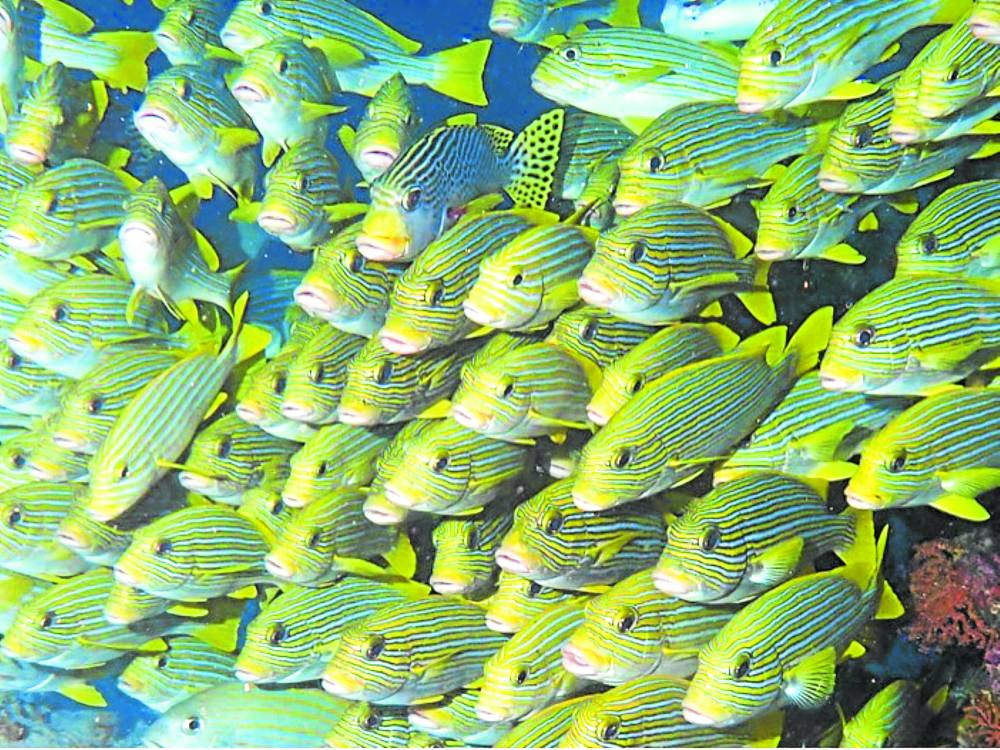
Upon arrival in Sorong, a nondescript hub for liveaboard dive boats heading out to Raja Ampat, the ultra-efficient staff of our dive boat, the Solitude Adventurer, took over everything and transported us to our sleek, dreamy-looking home for the next eight diving days. When we saw the massage chair in the lounge (!), we knew we were in for a good time.
What strikes you first about diving Raja Ampat? The fish—thousands, millions of fish, from the big fat groupers and yes, sharks, to tiny ones that blanket a reef so thickly, our photographer friends were shooing them away because they couldn’t see through their lenses. The unpredictable currents, which make dives more exciting, also guarantee that the fish are out to feed; as Sak, one of our photographer companions, said, “No current, no life!”
The critters are fearless, swimming across and even into your face, close enough to kiss your mask. I’ve never been that close to a barracuda, which, swimming in a school, didn’t pay much attention to me. The yellow-colored sweetlip groupers were packed so close together, they didn’t even move when we were near enough to touch. Clearly, people don’t come here to hurt them.
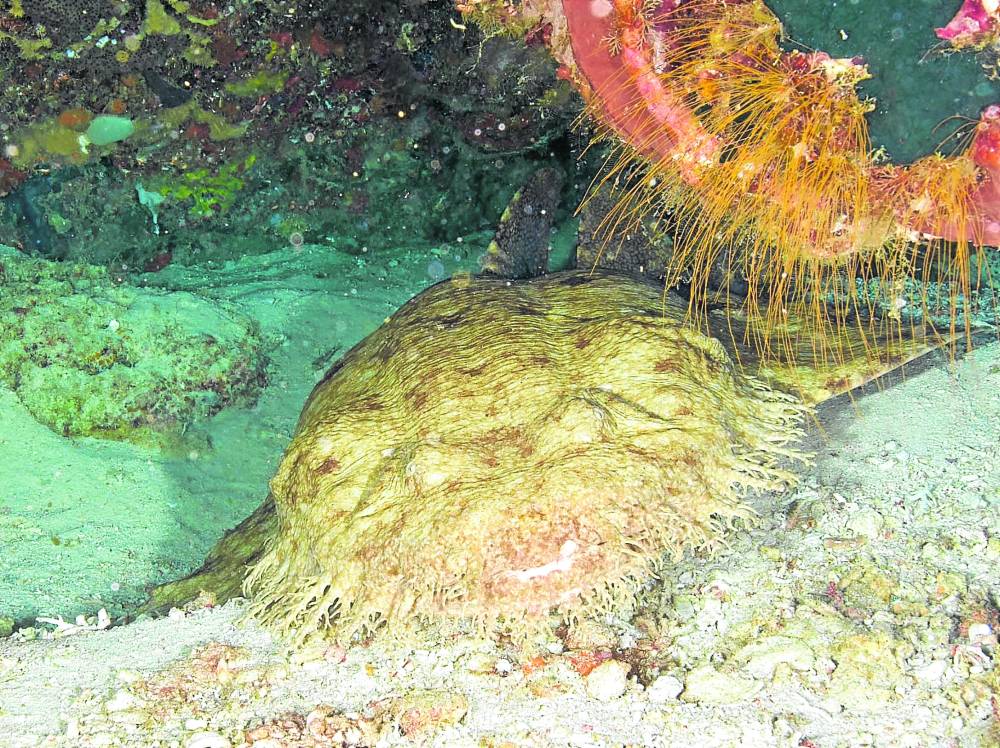
We spotted the occasional whitetip and gray reef sharks, while my friends saw a rare zebra shark on a night dive. We were all delighted by the sight of wobbegong sharks, which I can best describe as big fish that look like tasseled rugs on the floor—hiding in a little cavern, but sometimes, swimming through or resting nonchalantly on a rock.
Manta rays
Probably the most mesmerizing denizens of Raja Ampat are the manta rays. They’re elasmobranchs or cartilaginous fish, along with sharks and other rays; the reef mantas (Mobula alfredi) that mostly frequent Raja Ampat are smaller than their gigantic cousins, the oceanic manta (Manta birostris). The Indonesia marine NGO Jejak Kaki Konservasi, working with the UK-based group Barefoot Conservation, is building up a manta ray database in Raja Ampat.
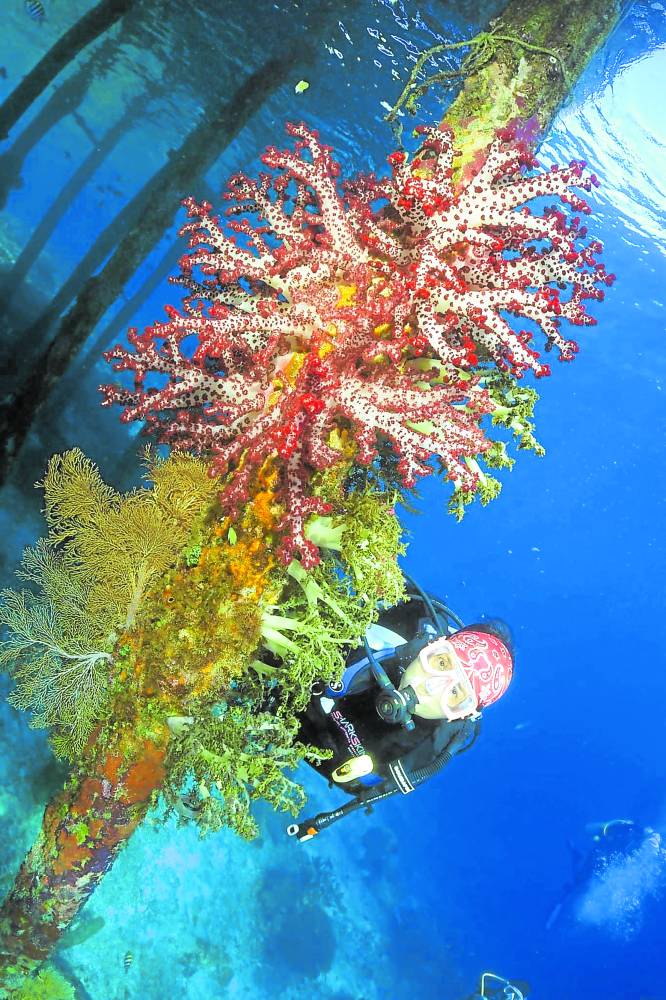
As is often the case with such charismatic species, manta rays are classified as Near Threatened or Vulnerable to Extinction by the International Union for Conservation of Nature, endangered as fishing bycatch—they get caught along with other fish in massive, destructive nets—and often hit by boats. Then there’s this ridiculous industry where the animal’s gill rakers, like rhinoceros horns and even pulverized seahorses (no kidding), are bought by idiots who still believe they increase health and virility (though obviously not intelligence). Yes, the manta ray’s biggest predator is man.
Indonesian national laws have made it illegal to capture manta rays, and these waters have been a protected area for manta rays for a decade—the largest such area in the world. And it has paid off: There are few experiences as breathtaking as swimming in the presence of these graceful creatures and it’s quite likely to happen here.
In fact, we waited for mantas to come by a favorite cleaning station called Manta Sandy near Arborek Jetty, where Barefoot Conservation has its site office, and where the huge animals, usually with 5-meter wingspans, drop by to let small fish pick at debris on their skin or in their mouths. There’s no danger to the little beauticians in this symbiotic transaction, as mantas are filter feeders who live off plankton, like their other massive cousin, the whale shark. We didn’t get lucky that time, but the mantas sprung a surprise on the next dive, when a pair swam leisurely by as we hugged the reef.
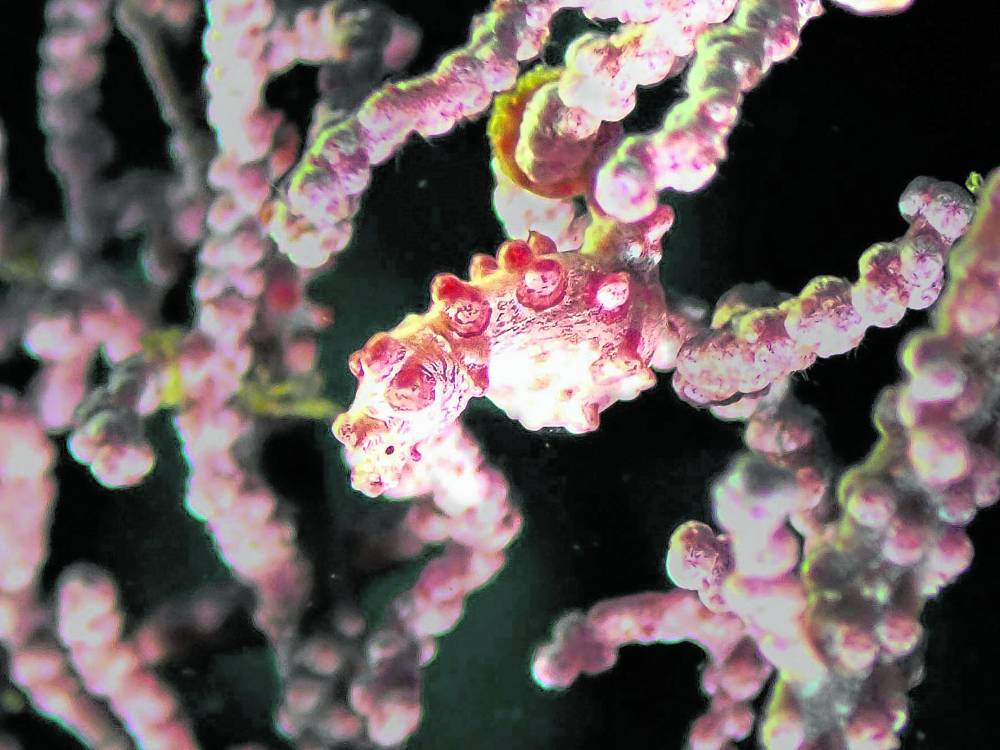
There were many more wonderful experiences, in tropical waters so much like the Philippines’ own. We dove a cave called Mask Cave, because light shone through a couple of openings that looked like a diver’s mask. When we weren’t floating amidst huge schools of fish, our able dive guides went macro and spotted tiny creatures, including the cute, thumbnail-sized pygmy seahorse that is a master of camouflage in its own coral. We had a couple of night dives over sandy areas loaded with critters, from colorful sea slugs to a flamboyant flame-colored cuttlefish that caught microscopic prey with its swift, darting tongue.
Above-water outings
It helped that the boat crew also took us on fun, above-water outings in between dives. Beaches don’t get more pristine and isolated than the one on Pulau Yulliet, where the boys wisely packed a cooler full of ice-cold Bintang Beer for a late afternoon visit. Balbulol Lagoon gave El Nido vibes, as we took our small boats to the middle of the limestone cliffs and swam in clear water. In Piaynemo, we climbed up wooden stairs through thick foliage to relish the most famous postcard view of Raja Ampat. Finally, we enjoyed a snorkel at Mangeffo Mangroves, made more interesting by the abundance of juvenile fish—mangroves are the world’s undervalued nurseries of marine life—and the fact that it dropped off straight into a rich coral reef.
If you want some downtime, I suggest spending it in Bali, where there’s no traffic, the food is good, the shopping is fun and the massages are inexpensive. We also did the tourist thing while we had the chance, and the fact is, you do not need to line up for a shot of the famed Pura Penataran Agung Lempuyang’s “Gates of Heaven”—just find a good angle away from the crowd. The paduraksa portals of the temple’s middle sanctum looked otherworldly in the morning rain.
Also, this is a very holy Balinese worship site; don’t be that ditzy tourist who throws off her shawl to reveal a tube top or spaghetti straps just for a picture, after being warned by temple guardians that it’s disrespectful. Our tour even included sarongs to cover legs, even if we were already in pants.
Still, Bali was but a chill postscript to our Raja Ampat adventure—an unforgettable experience, and in our opinion, proof positive that the world’s best diving really does happen in this part of the world. INQ


